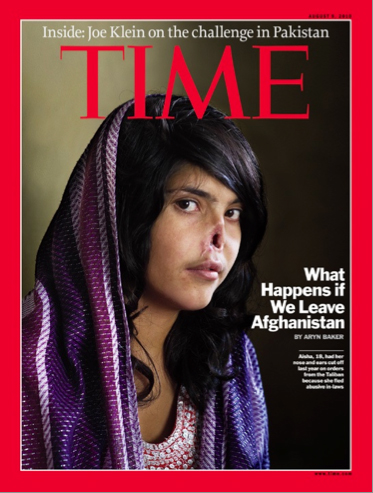The chairman of the Al Ahram Group, whose newspaper was internationally critcised for publishing an altered image of world leaders at recent Middle East peace talks, defended the photoshopping as an artistic illustration of the story.
Speaking at the World Editors Forum in Hamburg, Abdel Moniem Said said the photo, which showed Egyptian president Hosni Mubarak walking ahead of other world leaders, including Barack Obama, at the talks, was viewed out of context.
“We published all the photos after the Washington meetings, and then we had another meeting 14 days later in Sharm el Sheik led by Mubarak [the Egyptian president],” Said told delegates.
The subsequent feature in the paper was labelled “special report” and used five photos from the meeting, of which the altered image was one. According to Said, there was a caption accompanying the changed picture describing how Egypt was leading the piece talks
The story of the “tampered” image was picked up by international news outlets, including the Guardian and Telegraph, after first being spotted by a blogger.
But Said condemned the way in which the photo was republished, saying it was stripped of its titling, caption, artist’s signature and context.
“I can give at least 100 cases that did the same thing to illustrate a case even using Obama himself,” he said, referring to criticism of a recent Economist front cover.
Said said he had written to many of the news organisations who had reported the picture, but none had published his response. The Guardian did include a report on Al Ahram’s editor’s defence of the image.

